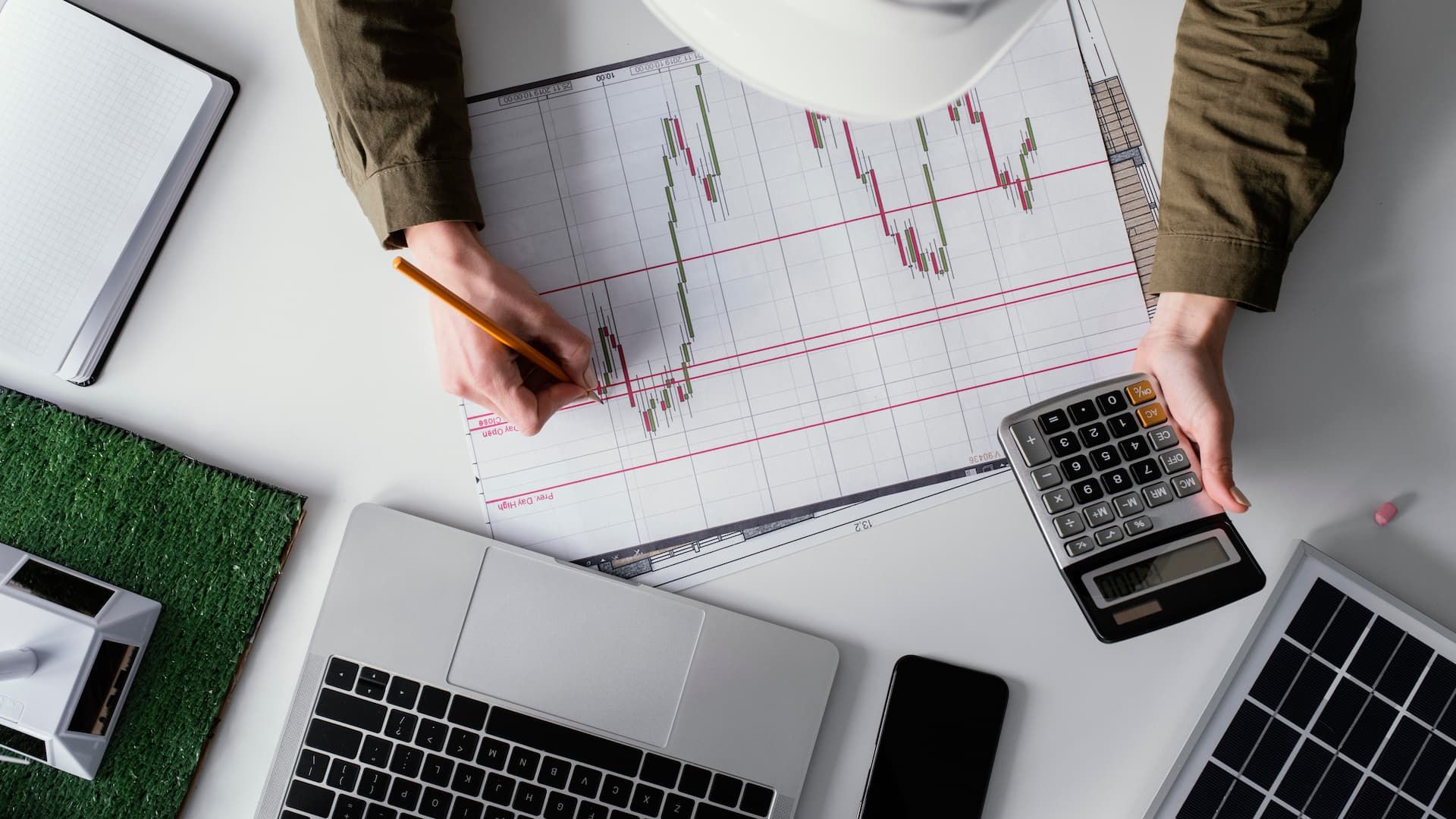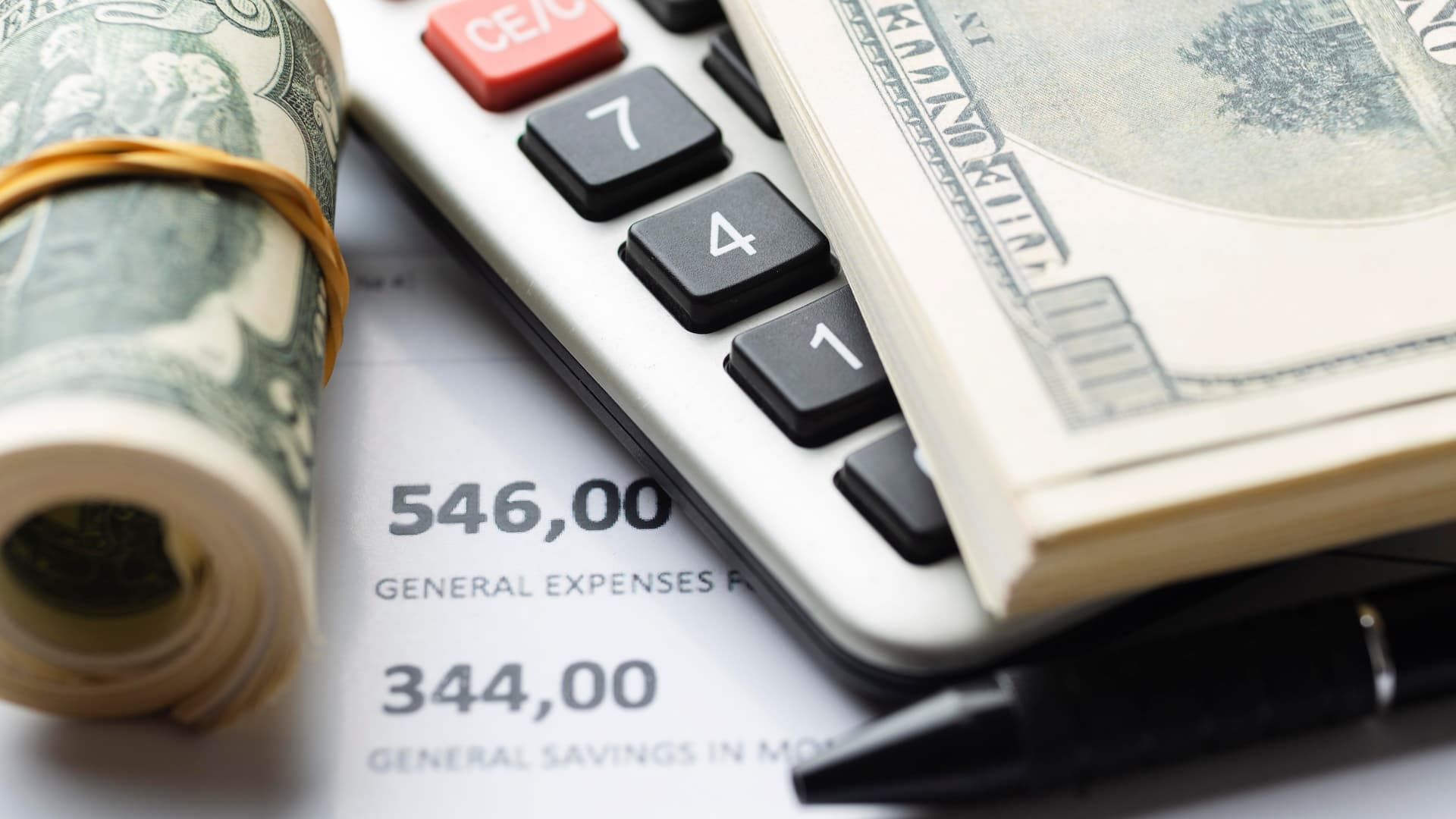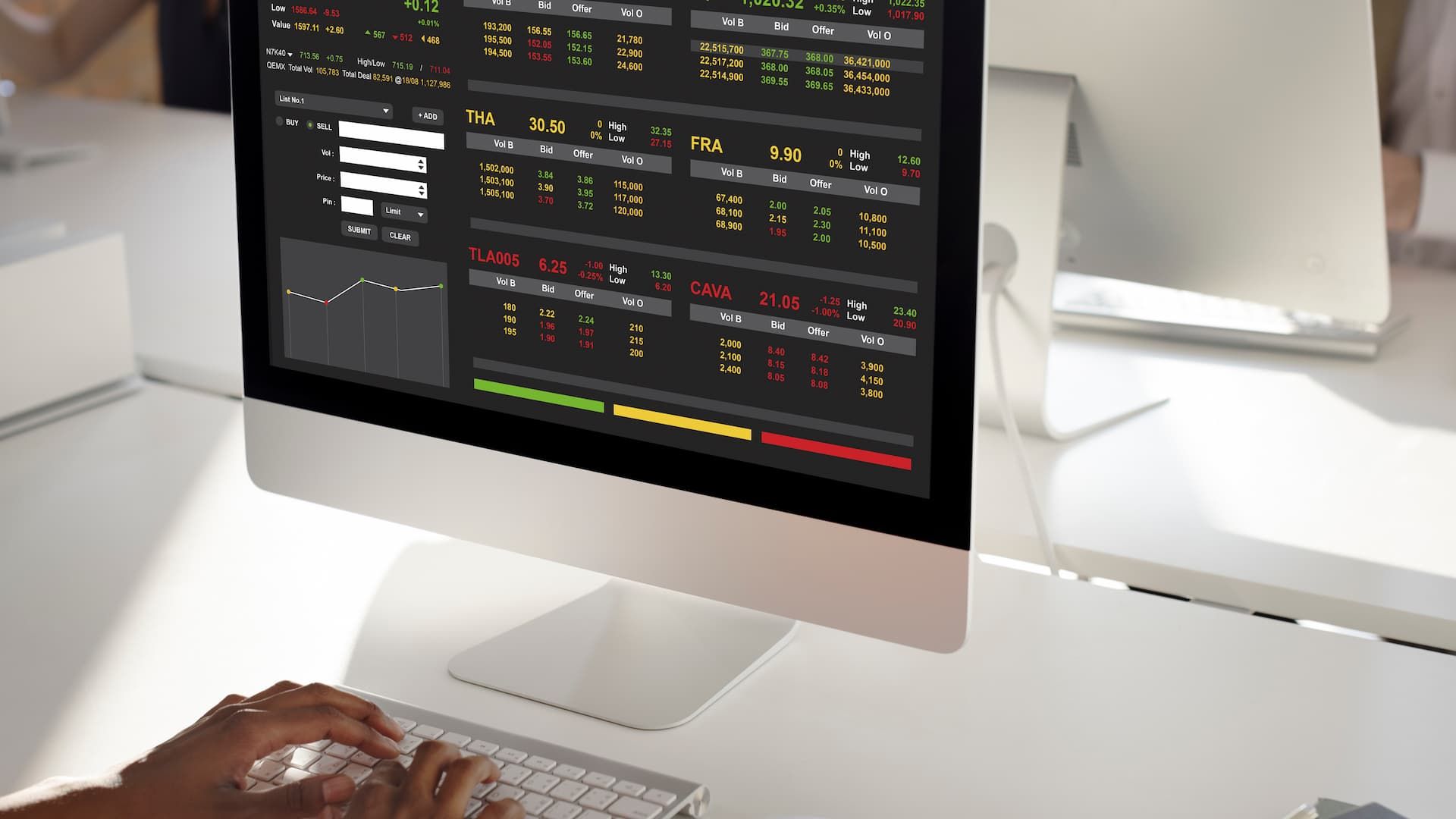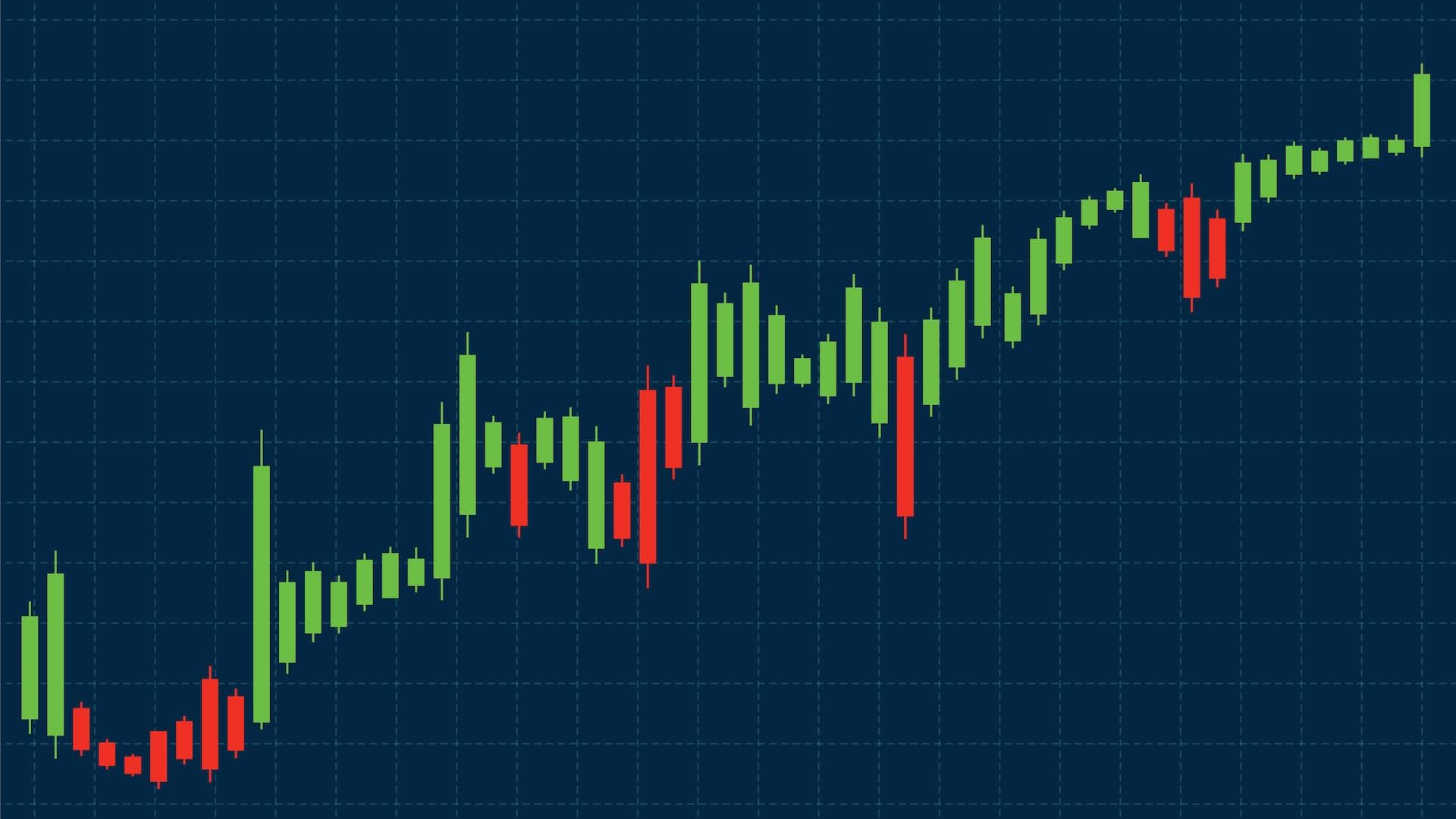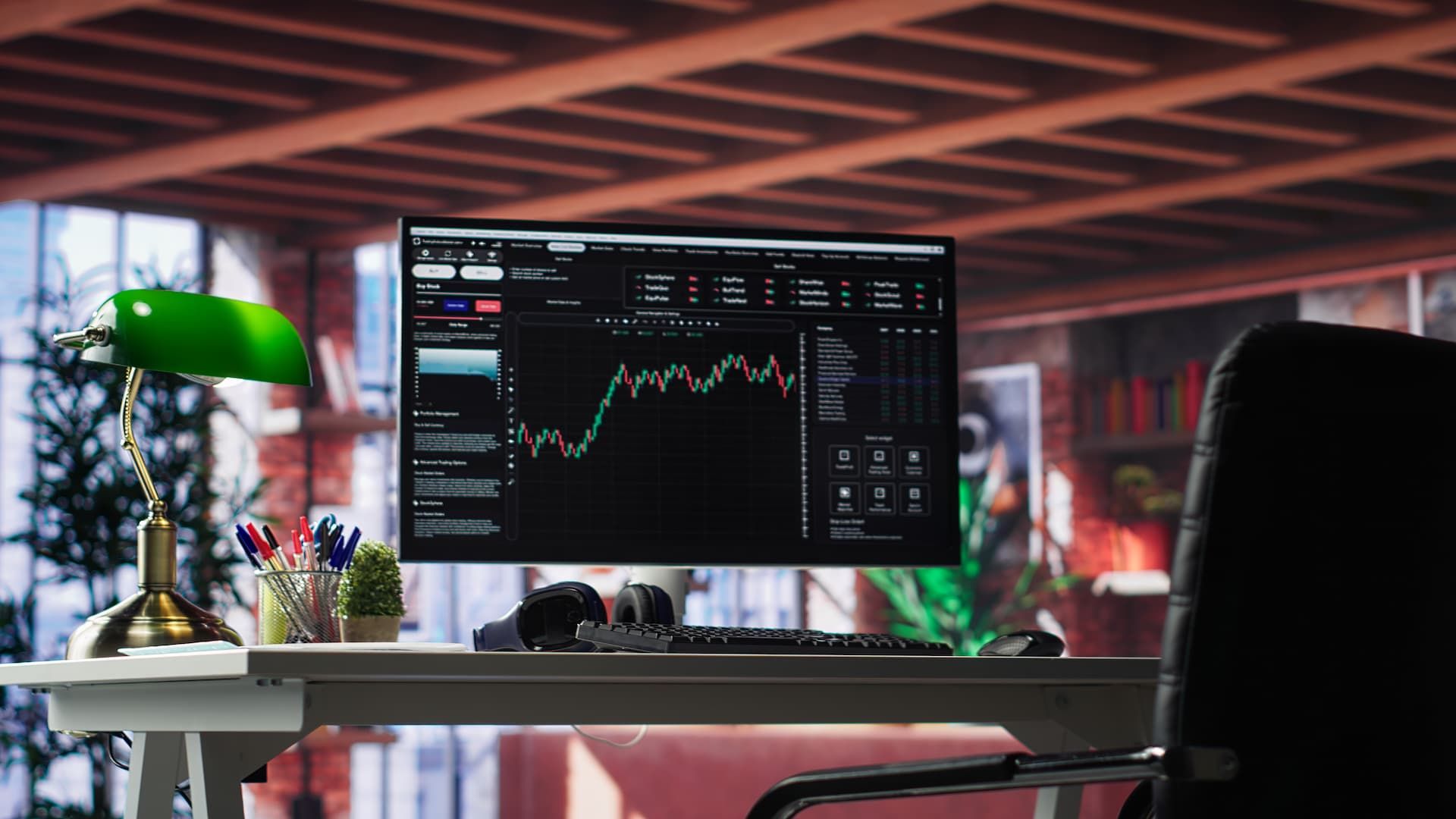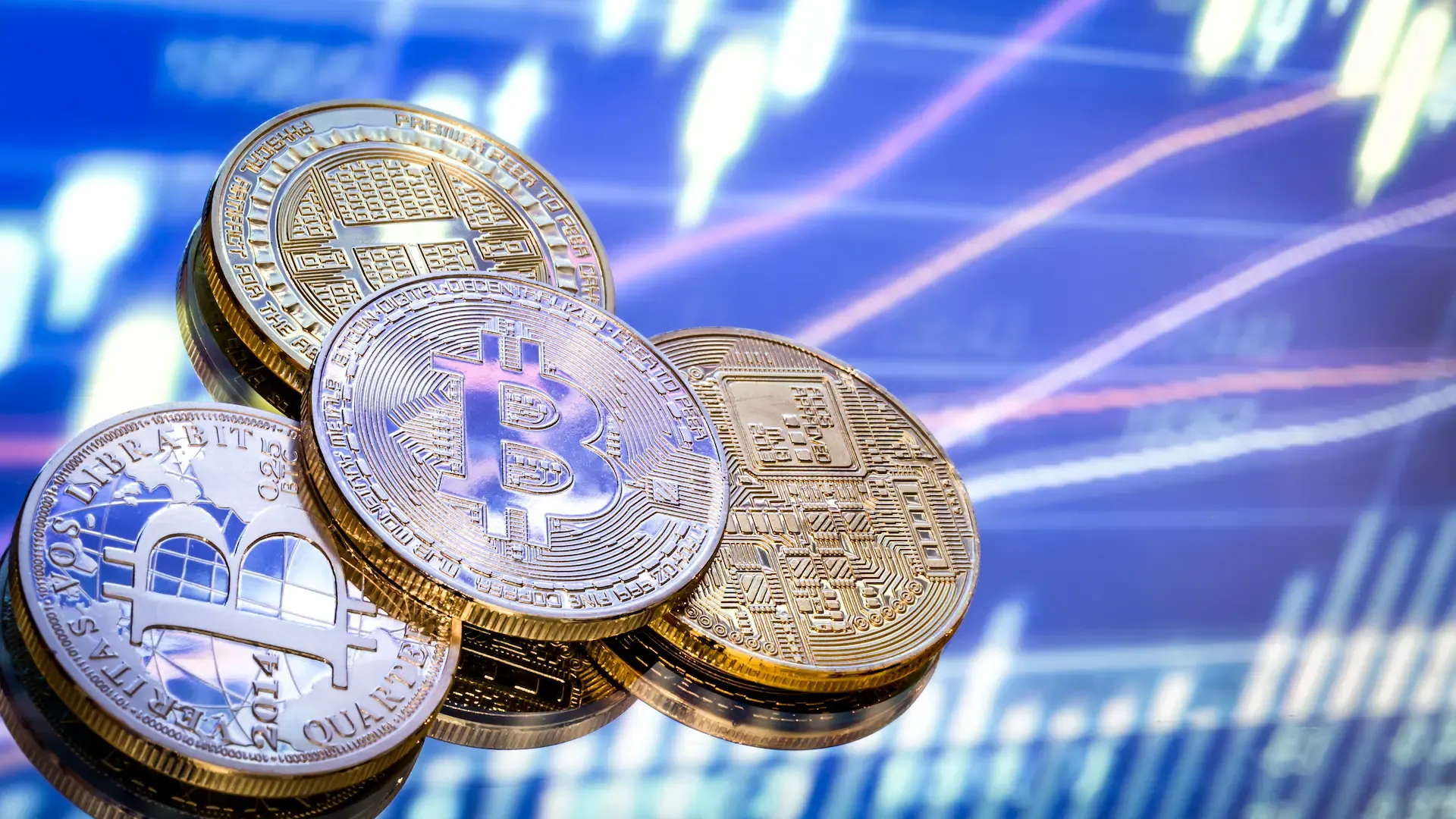Trading costs directly shape a trader’s profitability, especially for beginners entering the forex market. From forex spreads to swap rates and hidden commissions, each fee reduces net returns. Understanding these elements early on helps traders choose the right forex broker and build realistic strategies.
Why Trading Costs Matter for Beginners
For new forex traders, high costs can quietly erode profits. Every currency pair trade involves paying a spread or commission, and longer positions add a swap rate. Even if your market predictions are correct, poor awareness of costs may leave your trading account negative. That’s why tracking fees with tools like a swap calculator is essential to manage risk.
The Role of Costs in the Forex Market
Trading costs in the forex market are tied to market mechanics. The bid price and ask price create the spread, which is unavoidable for every transaction. If you keep trades open overnight, a forex swap applies, which can either be a cost or, in rare cases, a credit depending on currency pairs and interest rates.
How a Forex Broker Impacts Trading Fees
Your forex broker plays a direct role in determining what you pay. Brokers offer different pricing models: some focus on fixed spreads for stability, while others provide variable spreads that change with supply and demand. On top of this, some charge direct commissions per trading account order, while others include everything inside the spread.
Understanding Forex Spreads
A forex spread is the foundation of trading costs. It represents the difference between the bid price (the price you can sell at) and the ask price (the price you can buy at). This gap acts as the broker’s compensation. Spreads vary by currency pair and by the level of liquidity in the market.
When trading majors like EUR/USD, you will often see the tightest spreads thanks to high liquidity. Exotic pairs, however, carry much higher spreads due to limited market demand. Beginners should always monitor spreads and avoid trading during hours when market volatility is extreme, since this makes costs spike.
What Is a Forex Spread?
In simple terms, a forex spread is a hidden cost you pay on every trade. If the spread on EUR/USD is 2 pips, the market needs to move in your favor by at least 2 pips before you break even. This cost may look small, but it accumulates quickly.
Professional forex traders often structure strategies around spread size, choosing forex brokers that offer tighter spreads and monitoring how spreads change in different sessions. For beginners, simply recognizing that spreads are a built-in part of every trade helps build better money management habits.
Fixed Spread vs Variable Spread
Both fixed spreads and variable spreads play a major role in how much traders pay to enter and exit the market. Choosing between them depends on your trading strategy, risk tolerance, and the type of forex broker you use.
Fixed spreads remain constant under all conditions. This means the bid price and ask price difference doesn’t change, even if market volatility spikes after breaking news. On the other hand, variable spreads adjust based on supply and demand in the market. When liquidity is high, they are often tighter than fixed spreads, but they can widen sharply during volatile sessions.
For example:
-
If you trade during calm forex market hours, variable spreads may save you money by offering tighter spreads.
-
If you trade during high-impact events (like central bank announcements), a fixed spread can prevent sudden cost increases.
When Fixed Spreads Offer Advantages
Fixed spreads remain constant regardless of market volatility, making them predictable and beginner-friendly. They are especially useful during:
-
High-impact market events where spreads might otherwise widen
-
Low-liquidity sessions such as late trading hours
-
Trading strategies that rely on consistent execution costs
Risks of Relying on Fixed Spread Models
The main drawback is that fixed spreads are often higher than average variable spreads in calm market conditions. This means traders may overpay when liquidity is strong. In addition, some forex brokers may adjust fixed models with hidden commissions, raising total trading costs.
Commissions and Other Fees in Forex Trading
Trading in the forex market is not free; beyond spreads, traders must account for commissions and additional charges. These costs directly affect profit margins, especially for short-term trading strategies where positions open and close frequently. Each broker has different commission structures, and some include fees in the spread, while others add them separately. Beginners should learn how to evaluate these costs before opening an account to avoid surprises.
How Lot Size Affects Commissions
The lot size of a trade determines the total cost paid in commissions. Larger positions mean higher transaction fees because the broker charges per standard lot. For example, trading 0.1 lot of a currency pair will incur lower charges than trading a full lot. This is why professional forex traders carefully plan their position sizing, balancing trading costs with potential profits.
Comparing Costs Across Currency Pairs
Not all currency pairs are equal when it comes to fees. Pairs with high liquidity like EUR/USD typically have tighter spreads, reducing overall cost. Less common pairs with two currencies that are not widely traded often have wider spreads and higher commissions. To make better decisions, traders should compare:
-
The average spread per pair
-
The commission model of the broker
-
How market volatility affects pricing
-
Whether the pair involves a base currency with strong liquidity
This simple comparison helps identify where trading costs can be minimized.
Exploring Forex Swaps
A forex swap is another important factor that influences trading expenses. It represents the interest paid or earned when a position is held overnight. Swaps depend on the difference in interest rates between the two currencies being traded. Traders using long-term strategies must calculate swap rates carefully, as they can accumulate quickly.
What Is a Forex Swap and How It Works
In essence, a forex swap is the rollover interest applied when a trader holds a position past the daily market close. If you buy a currency with a higher interest rate against one with a lower rate, you may receive a positive swap. Conversely, trading in the opposite direction may lead to extra costs. Forex brokers usually provide a swap calculator so traders can check these fees before entering a trade.
Overnight Charges and Long-Term Trades
For long-term traders, swap rates can significantly influence profitability. Holding trades overnight adds recurring fees, and these charges vary by broker and currency pair. While sometimes swaps can work in favor of the trader, they often create an additional cost for maintaining positions. This makes swaps a critical factor in planning whether to keep trades open for weeks or months.
Liquidity and Trading Costs
Liquidity in the forex market directly shapes trading costs. When there is high liquidity, the gap between the bid price and the ask narrows, which means traders pay less in forex spreads. On the other hand, markets with low participation often have wider spreads, making forex trading more expensive. Understanding how liquidity works helps traders align strategies with the right currency pair.
High Liquidity and Its Impact on Forex Spreads
A currency pair with high demand, such as EUR/USD, typically shows lower trading costs. This is because large volumes reduce the variable spread, allowing for more efficient execution on any trading platform. In contrast, exotic pairs with lower liquidity can cause sharp jumps in spread and even slippage. For active traders, choosing pairs with high liquidity helps minimize unexpected costs.
Why Currency Pairs With More Liquidity Often Cost Less
Major pairs, supported by forex brokers worldwide, consistently show competitive forex spreads. Since these markets attract global forex traders, brokers pass on tighter pricing to clients. For example, EUR/USD or GBP/USD often comes with lower swap fees and reduced spread compared to exotic pairs. This makes them attractive for both beginners and professionals seeking more predictable trading costs.
Choosing Cost-Effective Trading Strategies
Every trader must balance spreads, swap rates, and commissions to keep profits intact. Even a small difference in trading costs can erode gains when scaling trades over time. Careful planning ensures strategies remain profitable in both short-term scalping and long-term forex trade setups.
Balancing Spreads, Swaps, and Commissions
Smart traders analyze not only the forex spread but also hidden expenses like swap fees and account charges. For example, holding a position overnight may increase the swap rate, raising the total cost of a trade. To keep the trading business profitable, it is crucial to calculate the combined expenses before committing to a position. Using tools like a swap calculator can help forecast potential charges.
How to Evaluate a Forex Broker’s Cost Structure
The right forex broker makes a big difference in long-term performance. Beginners should compare forex brokers by checking:
-
Average forex spreads across major and minor currency pairs
-
Transparency of swap rates and overnight fees
-
Commission models included in trading platforms
-
Execution quality and slippage during volatile sessions
This evaluation ensures traders avoid brokers that inflate trading costs and instead choose a reliable partner with fair pricing.
